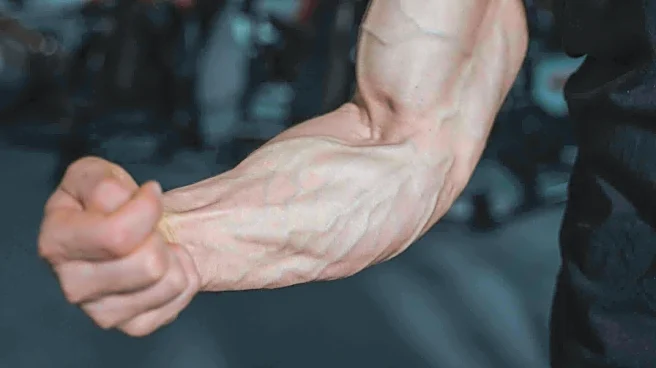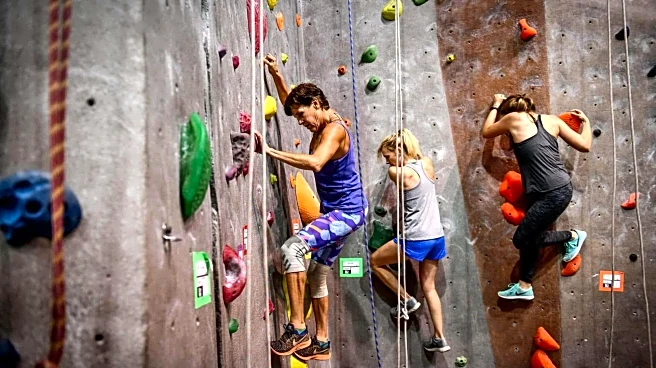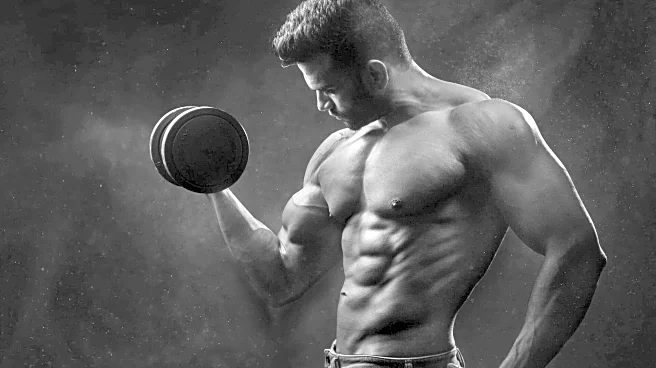Shraddha
Kapoor's recent injury on the set of Eetha offers a powerful reminder: no matter how skilled or dedicated, performers are not immune to the physical risks of dance, especially when tempo, costume, and pressure combine. The actress fractured a toe and sustained a muscle tear while shooting an intense Lavani sequence, forcing the shoot to pause and spotlighting a critical need for injury prevention.
The incident
Sources report that Shraddha was performing a high-energy Lavani number for the biopic Eetha, dressed in a traditional Nauvari saree with heavy jewellery and a kamarpatta (waist belt). To portray the younger Vithabai, she had also gained more than 15 kilograms for the role. During one step, she slipped her balance, putting too much weight on her left foot, resulting in a leg injury. After this, she shared via social media that she also suffered a muscle tear, but remained upbeat, saying she just needed rest and would recover.
Why it might have happened
Lavani is a fast-paced and rhythmically demanding folk dance that is well-known for its rapid footwork and dynamic movements. Along with this, when stars are performing it in heavy traditional outfits the attire adds strain and likely, complicates the balance, making the risk of missteps higher. Shraddha’s weight gain (specifically for the role) and the stylistic demands may have ended up increasing the load on her joints and muscles, especially during quick, forceful moves.
Lessons for prevention
Warm-up matters all the time. Proper warm-ups are required not just for beginners but for everyone. A well-structured warm-up is how the activity should begin. This activates muscles, increases blood-flow and prepares joints for demanding moves. Rushing through this step can leave tissues more vulnerable to tear or strain Proper technique and balance training should be followed and there needs to be consistent strength work that needs to be practiced, especially for the core and lower body. This is so that the performers can control their movement under load. Shraddha’s situation also reinforces the need for deliberate recovery. Immediately after injury, frameworks like RICE (rest, ice, compression, elevation) should be followed as they can help in the early stages. Over time, gradual rehab must restore full range of motion and strength before returning to full-performance routines. Rehearsals should always take place in a safe environment that is clear of any obstacles and should also have appropriate flooring as this helps reduce the risk of slips and falls. Shraddha Kapoor’s injury is a cautionary tale: even with professional training, preparation, and passion, dancers (or actor-dancers) face real physical risks. Incorporating thorough warm-up, strength and balance training, and rest into any performance schedule isn’t optional, it’s essential. For her and others in her field, it’s not just about bouncing back, but building in smart safeguards so the next performance doesn’t come at the cost of health

/images/ppid_a911dc6a-image-176397485224096640.webp)



/images/ppid_a911dc6a-image-176390503226515119.webp)





/images/ppid_a911dc6a-image-176395810425437841.webp)

/images/ppid_a911dc6a-image-17639230700887546.webp)
/images/ppid_a911dc6a-image-176396153631050590.webp)

